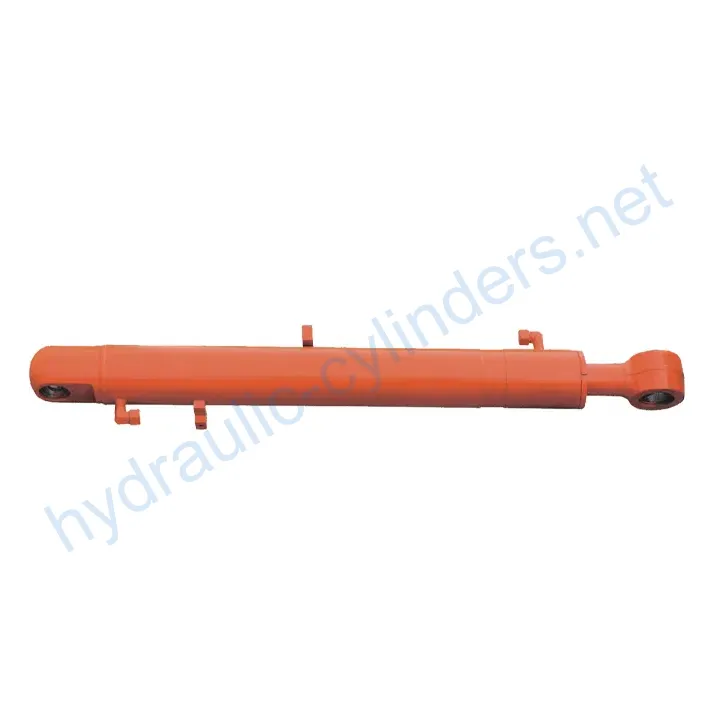Boom Cylinder For Baoding WY80-6
Jako jeden z výrobců, dodavatelů a vývozců hydraulických válců nabízíme hydraulické válce a mnoho dalších výrobků.
Kontaktujte nás, prosím, pro podrobnosti.
Mail:sales@hydraulic-cylinders.net
Výrobce, dodavatel a vývozce hydraulických válců.
Boom Cylinder For Baoding WY80-6
Introduction to Boom Cylinder
The Boom Cylinder, specifically designed for the Baoding WY80-6, is a vital component used in various heavy machinery. It plays a crucial role in hydraulic systems, facilitating the movement of equipment buckets in excavators, backhoe loaders, and front-end loaders. These cylinders enable the bucket to lift, lower, and tilt, thereby assisting in material handling tasks that are essential in construction and agriculture.
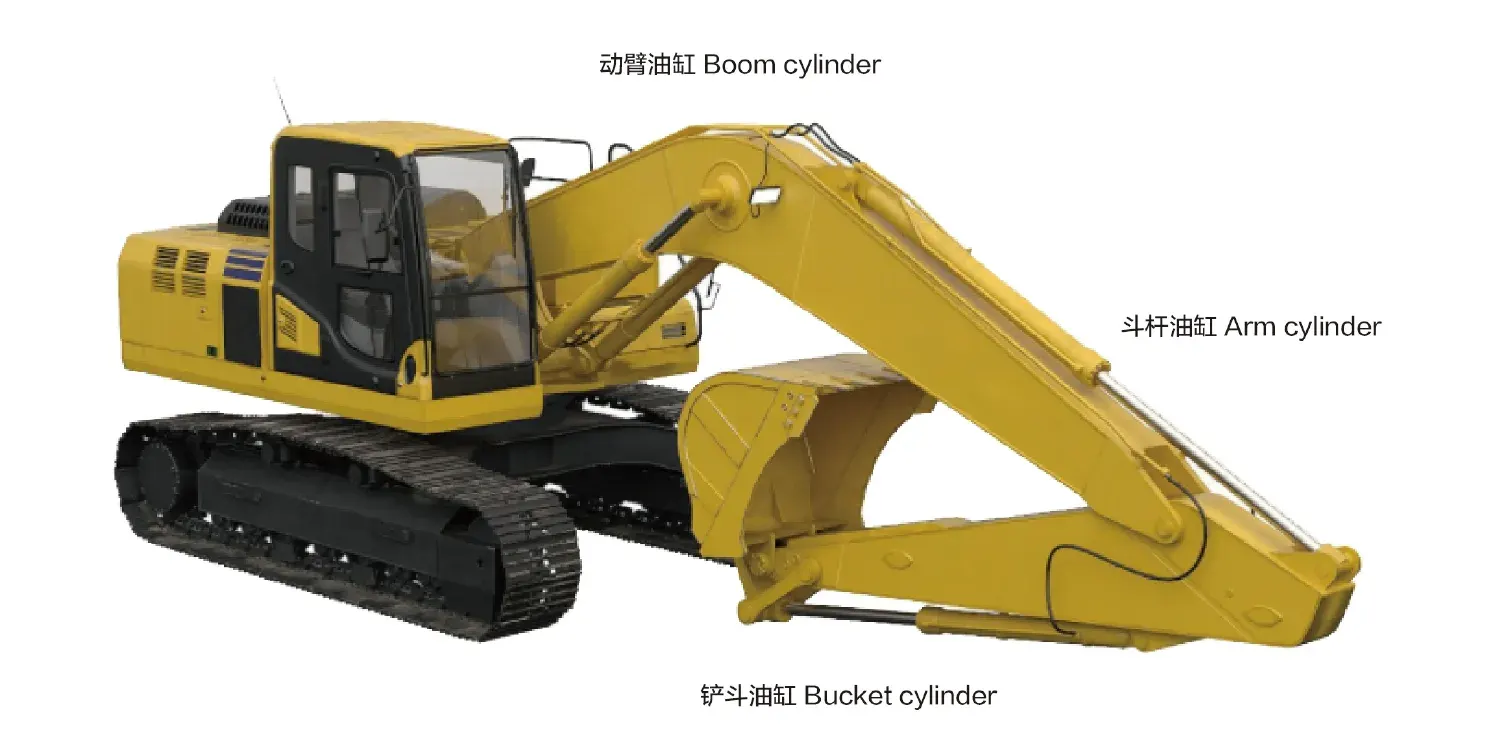
Features of the Boom Cylinder
- High Strength and Durability: Constructed from high-strength steel or aluminum, this cylinder can withstand high pressure and heavy loads. It is designed to perform in harsh working environments, with considerations for wear resistance and corrosion resistance, extending its lifespan.
- Efficient Hydraulic Operation: Utilizing the pressure of hydraulic oil allows for smooth extension and retraction, providing a quick response to control commands and delivering powerful push and pull forces, ideal for handling heavy objects and complex tasks.
- Diverse Types: Available in single-acting (operates in one direction) or double-acting (operates in both directions) configurations to meet different operational requirements. Some models feature telescoping designs that allow for greater extension without increasing external dimensions, suitable for applications with limited space.
We can manufacture this product, and our offerings can perfectly replace these hydraulic cylinders.
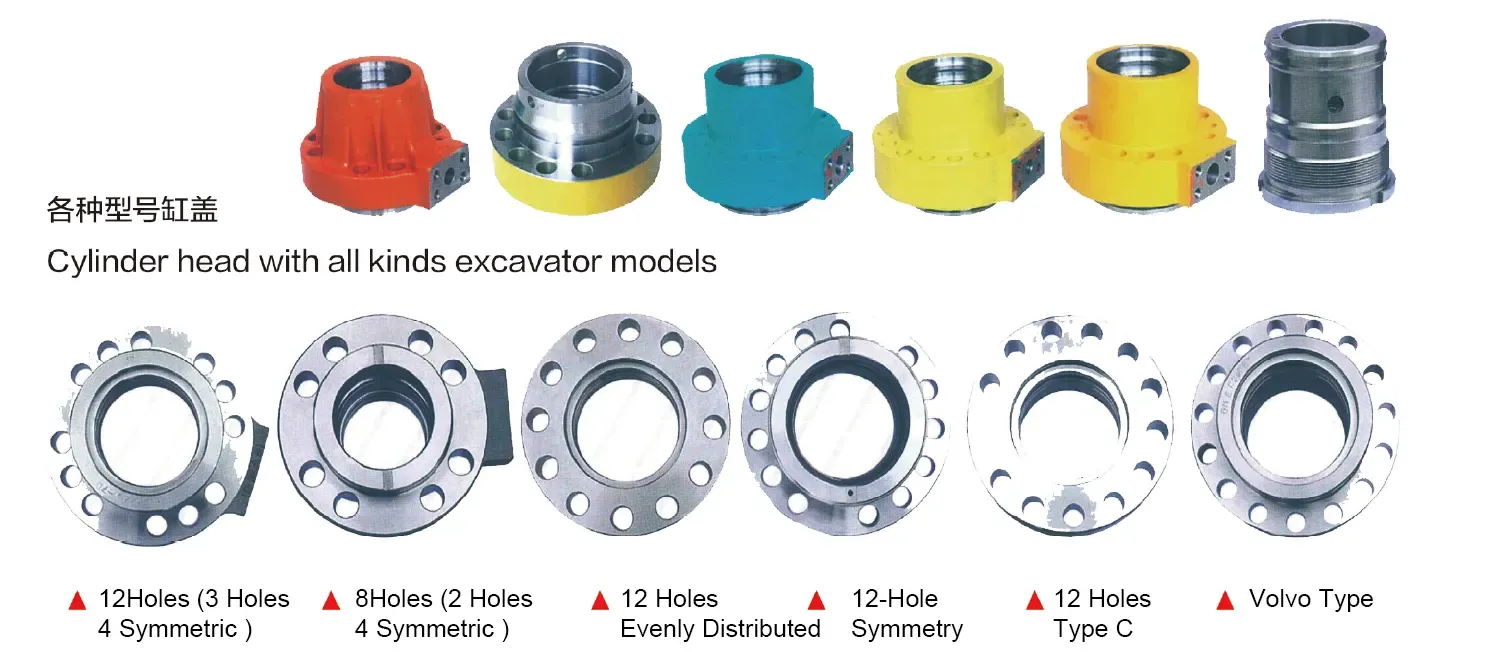
Applications of the Boom Cylinder
Construction Equipment
In excavators, boom cylinders are critical for excavating, loading, and moving soil or debris. They play a significant role in both digging and lifting operations, making them essential for construction sites where heavy lifting is required. The efficient hydraulic operation of these cylinders contributes to the overall productivity and effectiveness of construction machinery.
Agricultural Machinery
Used in front-end loaders, boom cylinders facilitate the scooping, lifting, and transporting of soil, hay, and other materials. In agricultural applications, the precise control provided by these cylinders enhances efficiency in tasks such as loading and unloading, ensuring that farmers can manage their operations smoothly and effectively.
Excavators
In excavators, the boom cylinder enables the bucket to penetrate the soil, allowing for efficient digging operations. This capability is crucial in various applications, including trenching and grading, where precise positioning and control of the bucket are required to achieve optimal results in excavation tasks.
Loaders
In front loaders, boom cylinders assist in lifting and dumping loads efficiently. With their ability to provide strong lifting capabilities, they ensure that materials can be loaded and moved without excessive manual labor or time consumption, contributing to the overall efficiency of loading operations.
Design Considerations and Selection Criteria
Load Capacity
When choosing a boom cylinder, load capacity is a critical factor. It determines how much weight the cylinder can handle during operations. Selecting a cylinder with a load capacity that meets or exceeds the requirements of the machinery ensures safety and reliability in heavy lifting tasks. Engineers must consider the maximum weight the cylinder will encounter in real-world applications to prevent failures.
Sealing
The sealing of a boom cylinder is essential for preventing hydraulic fluid leakage and ensuring efficient operation. High-quality seals made from durable materials like polyurethane or nitrile rubber are necessary to withstand wear and maintain hydraulic pressure. Proper sealing design also reduces the risk of contamination within the hydraulic system, which can cause damage to components.
Durability
Durability is key in hydraulic cylinders, especially in demanding environments. The materials used in construction must be resistant to wear, corrosion, and fatigue. This consideration ensures that the cylinder can operate effectively over time, minimizing downtime due to repairs or replacements. Manufacturers often employ surface treatments or coatings to enhance the durability of hydraulic components.
Safety
Safety is paramount when designing hydraulic cylinders. Features such as pressure relief valves and robust construction help prevent catastrophic failures. Designers must adhere to industry safety standards to ensure that the cylinders can withstand unexpected loads and pressures, providing a safe operating environment for users.
Maintenance
Ease of maintenance is another important design consideration. Hydraulic cylinders should be designed for easy access to seals and other components for inspection and replacement. A well-designed cylinder allows for routine maintenance tasks to be performed efficiently, prolonging the lifespan of the equipment and ensuring optimal performance.

Sealing and Lubrication of the Boom Cylinder
The efficiency of a boom cylinder largely depends on its sealing and lubrication. Various seals, including piston seals and rod seals, are essential for maintaining the integrity of hydraulic pressure within the cylinder. Seals made from polyurethane or nitrile rubber are preferred for their wear resistance and longevity. Fine machining of the cylinder body and threaded ends enhances wear resistance, contributing to a longer lifespan. Regular lubrication with suitable hydraulic oil is necessary to ensure smooth operation and prevent wear on internal components.
Regular Inspections and Preventive Maintenance
- Regular Inspections: Conducting routine inspections of the boom cylinder helps identify potential issues before they escalate into serious problems. This includes checking for leaks, wear on seals, and ensuring that all connections are secure.
- Proper Lubrication: Ensuring that the cylinder is regularly lubricated with the correct type and amount of hydraulic oil is crucial for maintaining optimal performance. Insufficient lubrication can lead to increased wear and potential failure of the cylinder.
- Seal Replacement: Over time, seals will wear out and need replacement. Regularly checking the condition of seals and replacing them as needed can prevent hydraulic fluid leaks and maintain the efficiency of the cylinder.
Installation Guidelines for the Boom Cylinder
The installation of a boom cylinder is critical to its performance and longevity. Start by ensuring that all mounting surfaces are clean and free from debris. Align the cylinder correctly to avoid misalignment during operation, which can lead to premature wear or failure. Use appropriate mounting brackets to secure the cylinder in place, ensuring it is firmly attached to the machinery. Following the manufacturer’s specifications regarding torque settings and installation procedures is essential. Once installed, conduct a thorough check of all connections and perform a test operation to ensure functionality.
Maintenance Tasks for the Boom Cylinder
- Regular Inspections: Frequent inspections help catch potential issues early. Check for signs of wear, leaks, and ensure that all components are functioning correctly. Document any findings and address them promptly to avoid further complications.
- Proper Lubrication: Regularly applying the right hydraulic oil ensures smooth operation and prevents wear. Use only manufacturer-recommended oils and follow the lubrication schedule for optimal performance.
- Seal Replacement and Calibration: Monitor seals for wear and replace them as necessary. Regularly calibrating the boom cylinder ensures it operates within the required parameters, preventing unnecessary stress on the hydraulic system.
Safety Considerations and Environmental Factors
When working with hydraulic cylinders, implementing safety measures is crucial. Operators should be trained on the correct usage of machinery and understand the potential hazards associated with hydraulic systems. Regularly reviewing safety protocols and ensuring that equipment is well-maintained can minimize risks. Furthermore, environmentally friendly practices, such as proper disposal of hydraulic fluids, help protect the ecosystem and comply with regulations.
Fault Diagnosis and Common Issues
- Leakage: Hydraulic fluid leaks can indicate worn seals or damaged components. Inspect the cylinder and seals for any signs of wear and replace them as needed.
- Poor Performance: If the cylinder is not operating smoothly, check for proper lubrication, air in the hydraulic lines, or blockages in the system.
- Unusual Noises: Grinding or rattling noises may indicate internal damage or insufficient lubrication. Investigate the source of the noise and address any mechanical issues promptly.
Troubleshooting Tips
To effectively diagnose and resolve issues with the boom cylinder, operators should follow a systematic approach. Start by reviewing the hydraulic system for leaks or improper connections. Ensure that the cylinder is adequately lubricated and that the correct hydraulic fluid is being used. Regular maintenance, including seal inspections and replacements, can prevent many common issues. Operators should also familiarize themselves with the machinery’s operational guidelines to minimize the risk of damage due to misuse.
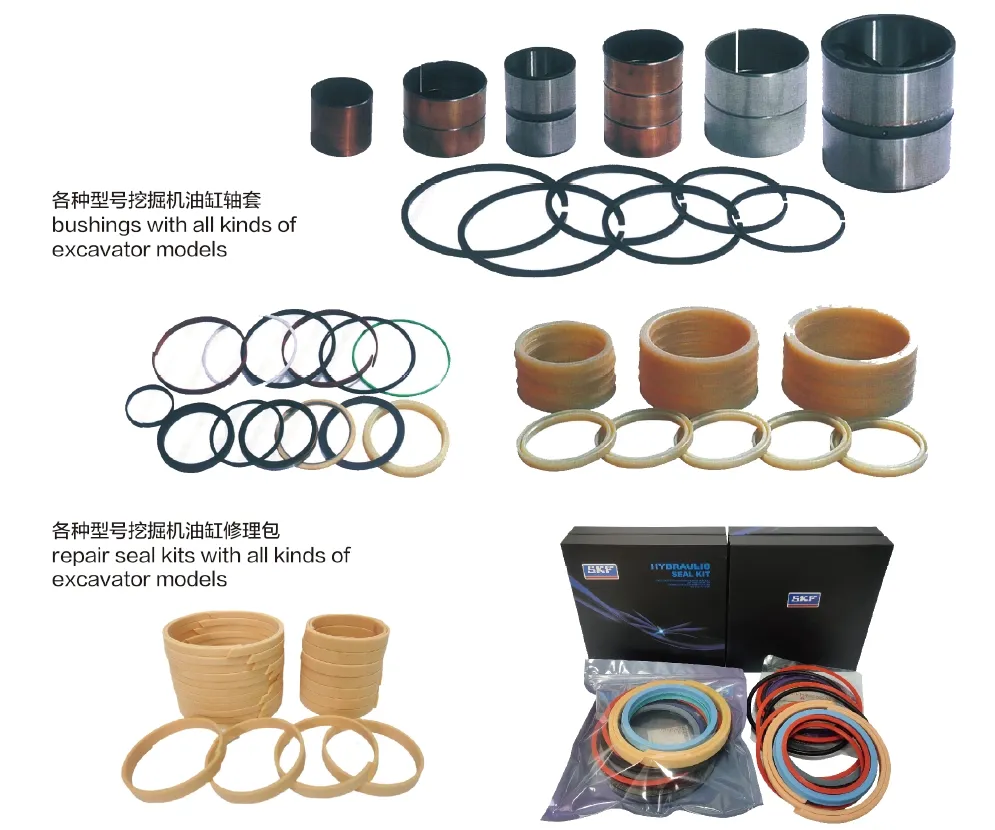
Company Overview
We are a leading manufacturer of hydraulic cylinders, providing a comprehensive range of products that serve both domestic and international markets. Our commitment to excellence is reflected in our fine manufacturing workshops and industrial production management strategies. With a focus on technological talent, high-end digital manufacturing equipment, and professional testing systems, we continuously enhance our manufacturing platform. Our strong creative capabilities ensure that we meet diverse customer needs with high efficiency, precision, and quality.
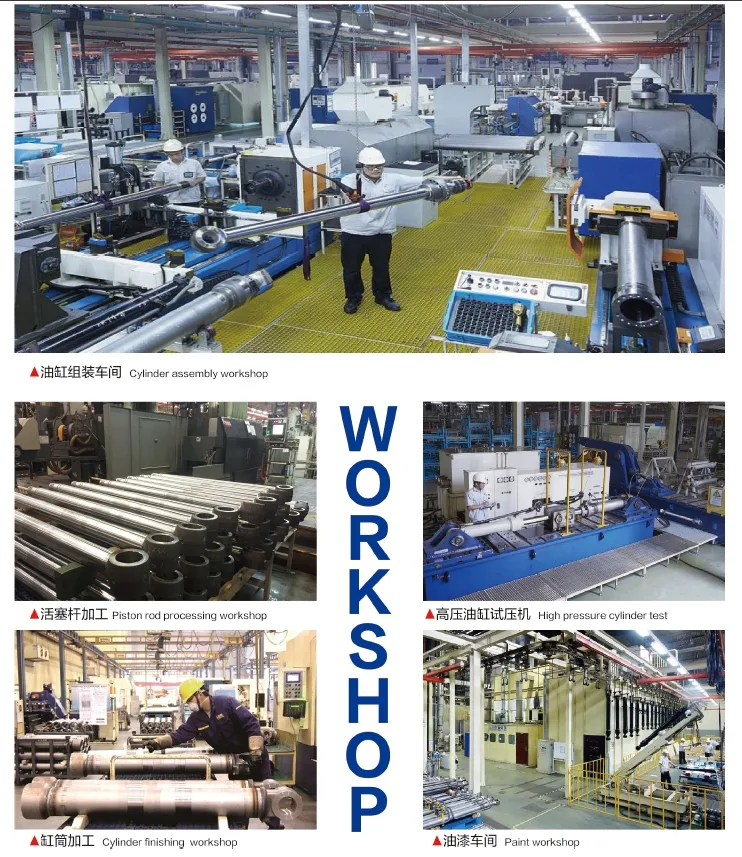
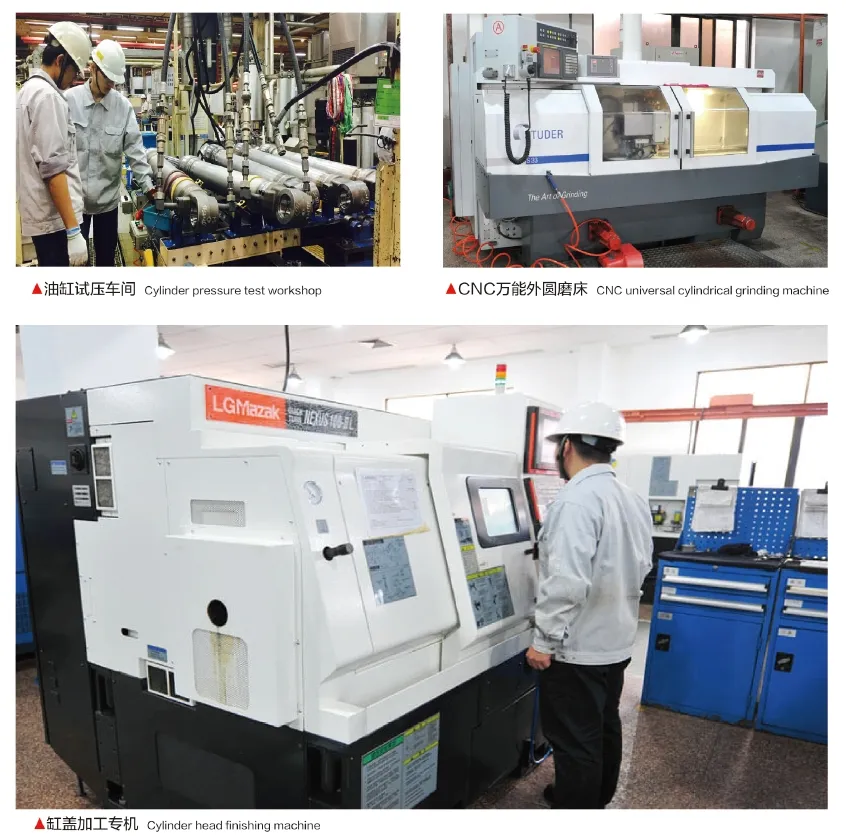
Our expertise extends to various areas, including specialization, international certifications, customized services, advanced production equipment, and comprehensive after-sales support.
Author: lyl
Take a Tour of Our VR Factory:
Take a tour of our VR factory with the following
Hydraulic Cylinder Application:


